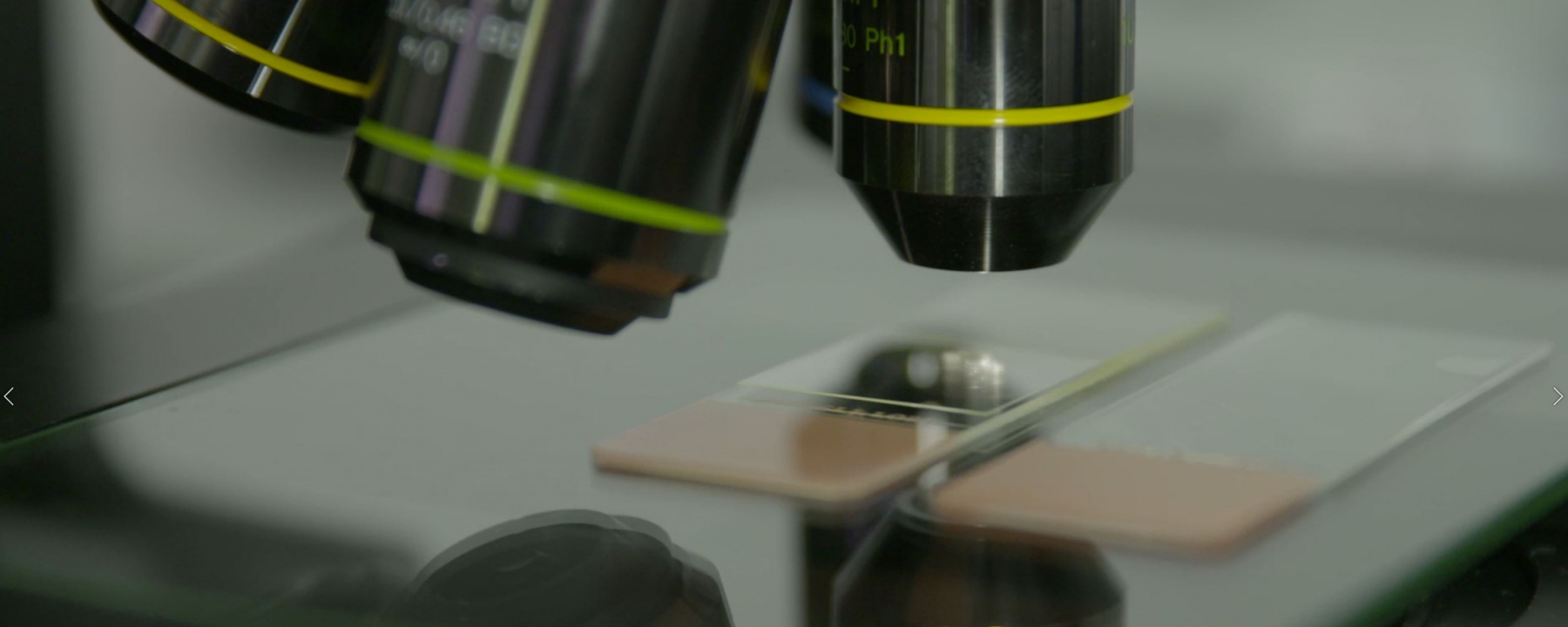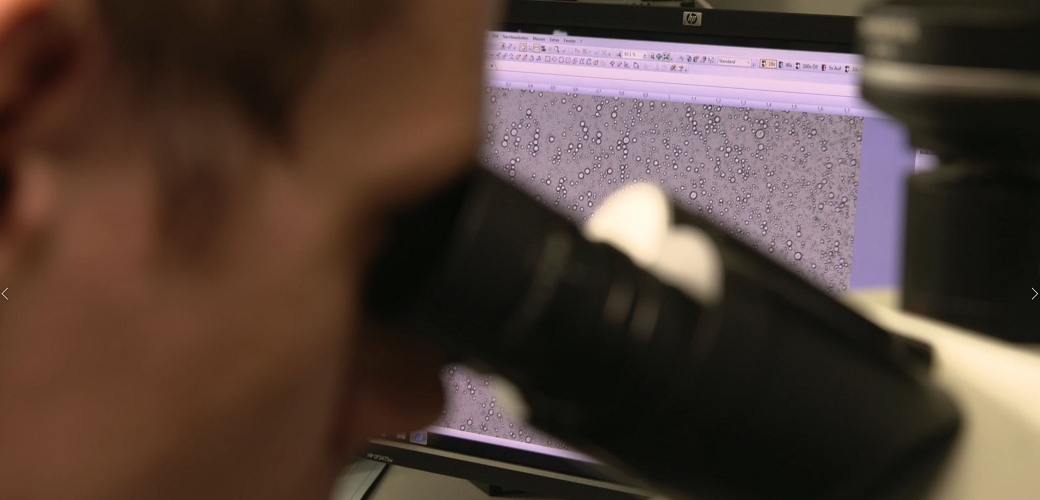
Trends & research
Microbiomes: Tiny organisms with big effects
Microorganisms are not only found in our intestines - you guessed it: they are also found on our skin.
Take a moment to think about this number: 100,000 billion. Hard to imagine, right? The fact is, this is how many microorganisms populate our digestive tract alone. This huge aggregate of bacteria, parasites and fungi is known to most people as intestinal flora or microflora while scientists speak of human gut microbiome. But skin also has its microflora. Let’s discover this fascinating world through their research.
The secret world of the microbiome remained in the dark for a long time. The activity of these microorganisms is barely able to be observed – they are tiny! Microorganisms can’t always be grown in the lab outside the body because some of them don’t tolerate light and air very well. Besides that, it doesn’t make it any easier when you consider the incredible amount that exists as well as how many different types there are and how they may interact. After all, we have more microorganisms in and on our body than the cells in our body.
Research into microbiomes has increased dramatically in recent years. And the results are completely changing our understanding of how the human organism works. The most important finding to date is that microorganisms are key to our health and well-being. It is now widely accepted, that healthy people generally have a much greater variety of microorganisms in their guts. And vice versa, the absence of certain microorganisms in the total population can be causally linked to the development of diseases.
Microbiome - the amazing world of microorganisms
The right mix of a multitude of different microorganisms is health-promoting - and their peaceful and / or symbiotic coexistence with the rest of the body. Thousands of scientists around the world are researching to understand the details of these complex functions.
What does this have to do with our skin? Microorganisms are not only in our guts; they are everywhere on our body. And you guessed it: they are also frolicking on our skin. About one million bacteria live on every square centimeter. So far, about 500 different types have been identified. The importance of intestinal flora is now very well known, but research into the important function of our skin's microflora is just in its early phase. Although researchers do have much easier access to this microbiome since it’s basically right there in front of us. Now, skin health is also found to be intricately linked to the microflora.
The human skin is much more than just the outer shell of the body. Not only does it completely rejuvenate every four weeks, it also is the interface between the body and our environment. Most of us have experienced how the environment can impact our skin (e.g. sunburn, dry skin in winter). It can also affect the microorganisms’ composition. And the skin microbiota plays an important role in wound healing, cell renewal and our skin’s defense system.
It is extremely versatile. Every time our skin comes into contact with other people or objects, microorganisms are exchanged. Even so, the main part of an individual’s microflora remains surprisingly constant. Everyone has their own typical microbiome - like an ID card or fingerprint. The general composition of the microflora re-stabilizes itself again and again, even when foreign microorganisms are added.
Hygiene standards have impact
Our hygiene standards also have an impact on an intact skin microbiota. Even though personal hygiene and preventing body odor are very important in our culture, this can pose a risk to the microflora of the skin. There are even studies that suggest that excessive hygiene, especially in childhood, leads to an increased incidence of autoimmune diseases and asthma. This is not to say that we shouldn't wash our hands, but that the microflora on our skin plays an important role in health and the development of our immune system. Certain microorganisms even help to prevent pathogens from growing on our skin and help to ensure healthy skin pH (5-6). What’s clear is that the skin's microbiome is one of the most exciting and promising areas of dermatological research and development in cosmetics.
BASF researchers are very aware of this fact and are working hard on developing ingredients and formulations that are particularly gentle for the skin. BASF experts are convinced that the skin's microbiome is one of the most exciting and promising areas of dermatological research. The first applications are prebiotics to calm neurodermatitis and probiotic formulations for acne. And this is only the beginning. This is why BASF has set up an innovation platform with the aim to develop unique solutions that can specifically support the function of the microbiome.
Internal and external experts work together in the research facility. BASF wants to pool strengths and create optimal conditions for developing innovations with pioneering technologies and methods. BASF plans to develop an increasing number of active ingredients in the coming years that will harness the potential of the microbiome.
Innovation platforms – Active ingredients
In the ever-evolving and demanding cosmetics market, brand-name manufacturers must constantly innovate and create products that fulfill consumer needs. Winning solutions combine cutting-edge technology with sensitivity to today’s lifestyles.
At BASF, we are dedicated to supporting our customers in staying at the forefront of trends and answering future needs. This approach has made us a globally recognized supplier of active ingredients and a trusted partner for many decades.
MORE INFORMATION
